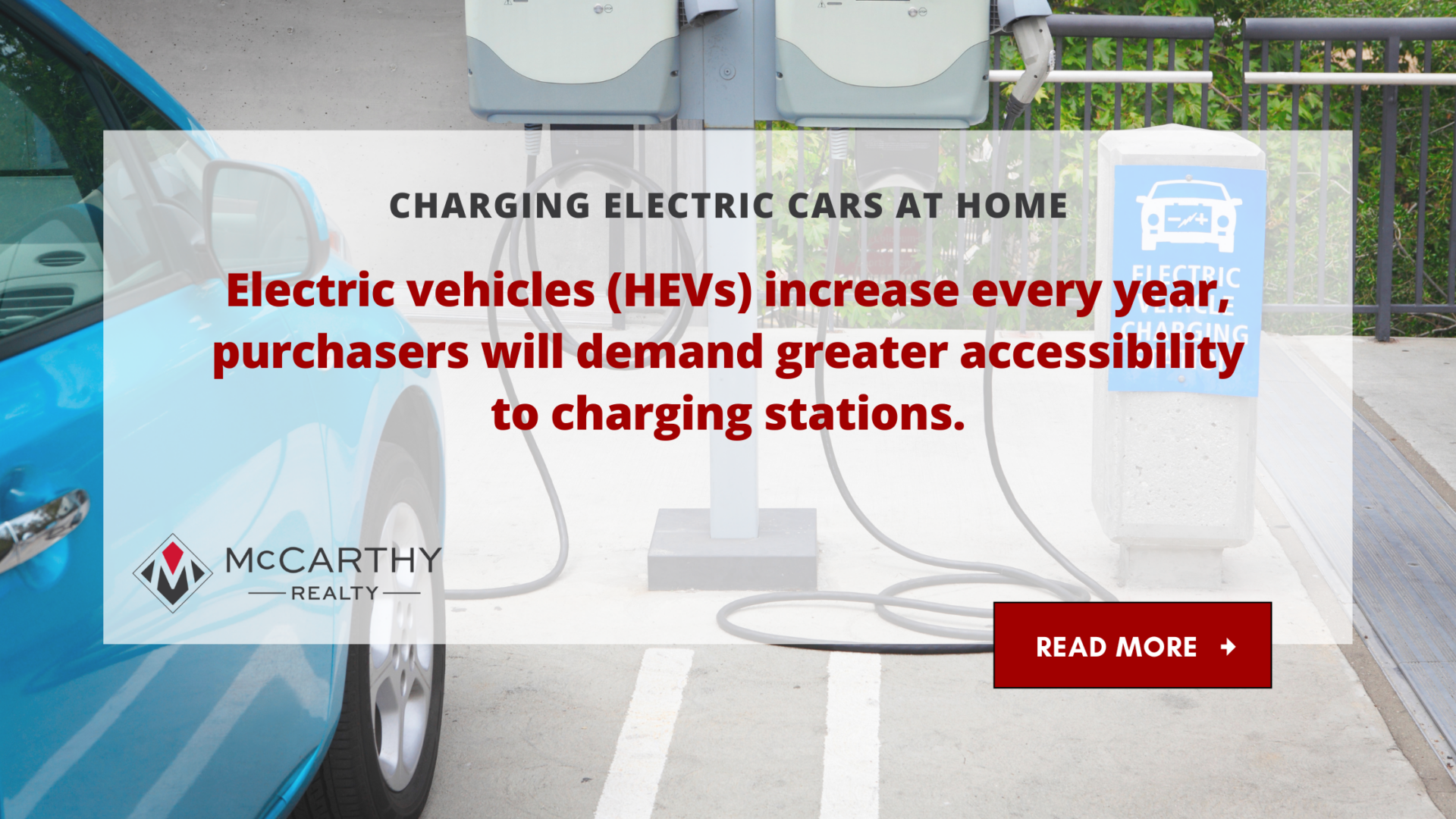As electric cars become increasingly popular, more and more people are considering purchasing electric vehicles. One important factor when buying an electric car is how and where you will charge it. While public charging stations are available, most electric car owners charge their vehicles home. Here are some things to consider when charging your electric car at home.
Install a Home Charging Station
Charging your electric car at home is one of the most suitable and cost-effective ways to ensure that your car is always ready to go. The first step to executing this is to install a home charging station. A home charging station will provide a dedicated outlet for your car and make charging more efficient than using a standard wall outlet.
When considering a home charging station, it is important to understand the different types available. There are three main types of charging levels: Level 1, Level 2, and Level 3 chargers. Level 1 chargers use a standard household outlet and can take up to 20 hours to fully charge your car, making them the slowest option. These chargers are often used for emergency or backup charging when a Level 2 charger is unavailable.
When selecting a home charging station, it is important to consider your electric car’s battery size and charging needs. The type of charger you choose will depend on the distance you drive, the size of your battery, and your daily charging routine. If you have a short commute or only drive occasionally, a Level 1 charger may be sufficient. However, if you have a larger battery or drive long distances, a Level 2 charger will be necessary to ensure your car is charged and ready to go when needed.
Determine Your Charging Needs
Before you install a home charging station, you should determine your charging needs. How much you drive and how often you need to charge your car will affect the type of charger you need. If you have a short commute and don’t drive much, a Level 1 charger may be sufficient. However, if you drive long distances or have a larger battery, a Level 2 charger may be necessary.
Consider Your Electrical System
Installing a home charging station requires electricity, so you should consider your home’s electrical system before purchasing. Your home’s electrical panel and wiring may need to be upgraded to accommodate a Level 2 charger. It would be best to have an electrician inspect your home’s electrical system to ensure it can handle the increased demand for electricity.
Understand the Costs
Charging an electric car at home is generally cheaper than using public charging stations or filling it up with gasoline. However, there are still costs to consider. A home charging station can range from a few hundred to several thousand dollars. You must also pay for the electricity used to charge your car. The cost of electricity changes depending on where you live and the time of day you charge your car. Some utilities offer special rates for electric vehicle charging, so be sure to check with your local utility company.
Monitor Your Charging
Finally, monitoring your charging is important to ensure your car is charging properly and preventing overcharging. Most electric cars have a charging indicator showing the battery’s charging level. You can also monitor your charging using a smartphone app or a home energy management system.
In conclusion, charging an electric car at home is convenient and cost-effective. However, it requires some planning and preparation. By installing a home charging station, determining your charging needs, considering your electrical system, understanding the costs, and monitoring your charging, you can ensure your electric car is always ready.

